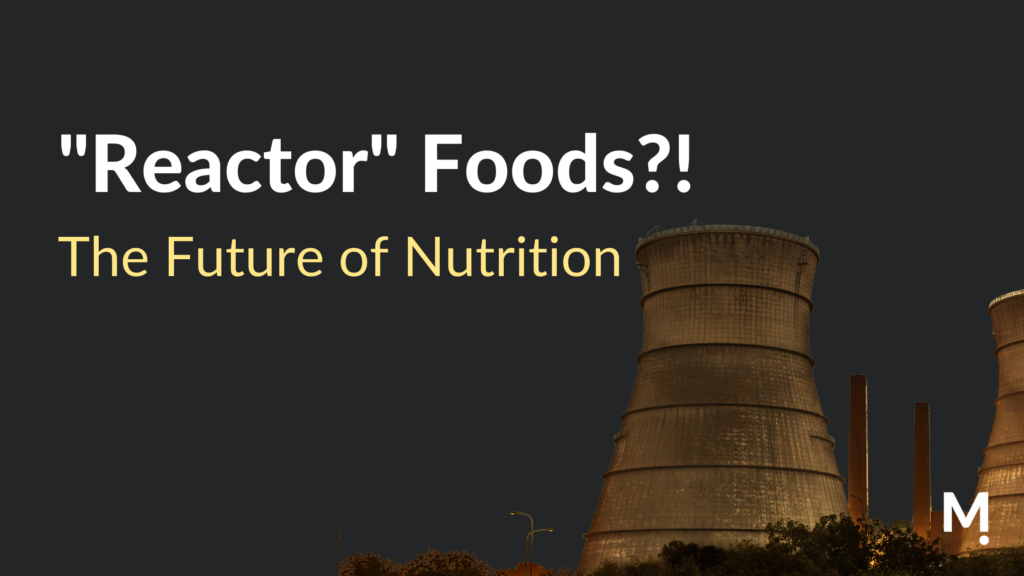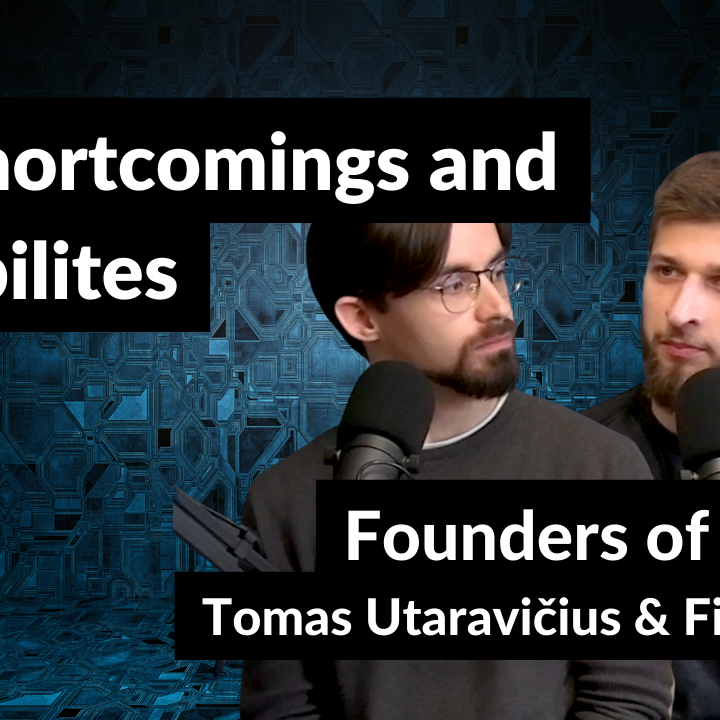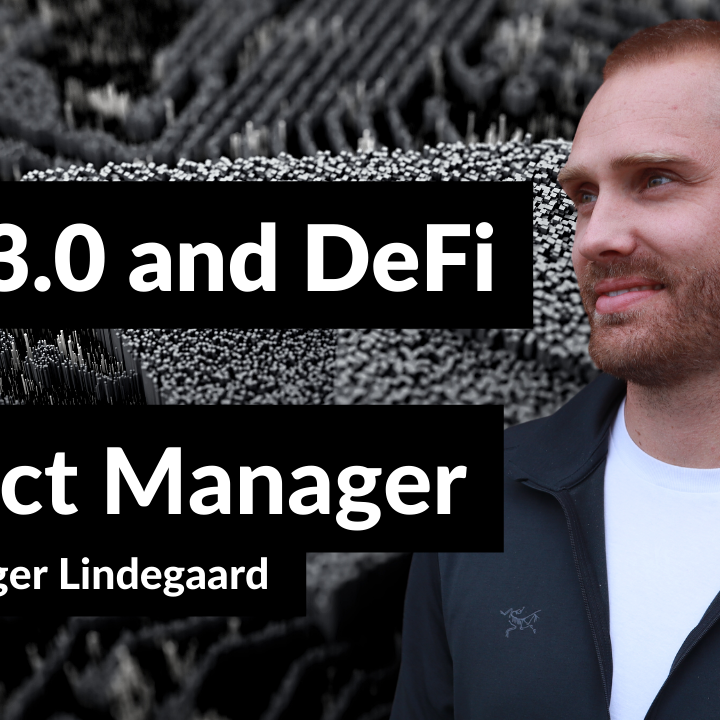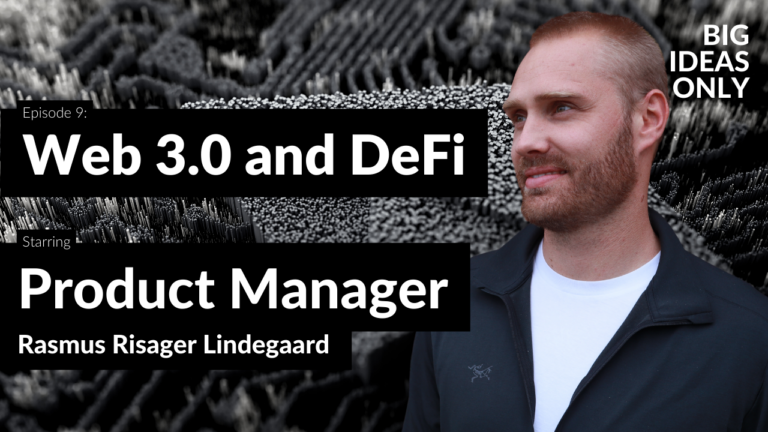
In the last article, we talked about the various challenges that the food production sector has to deal with, faced by environmental and biodiversity crises.
We previously mentioned land usage, new types of crops and farm management practices. Little did we know what was coming in our second interview with Lars Horsholt Jensen, the Chief Operating Officer at Food & Bio Cluster in Denmark.
We found out that there is an even more radical solution to the agricultural issues. A solution that could, if successful, remove the climate impact and land use problems altogether.
A solution creating food and proteins, without the need for animals or plants.
What Are Reactor Foods?
What does a reactor have to do with food? Is it radioactive? Is it dangerous?
We had the same initial thoughts.
To start with, no, it is neither dangerous, nor does it ever come in contact with anything radioactive. What it actually means is that, with microbes and bacteria, we are able to manufacture the food of the future in large steel containers.
Bacteria and microorganisms of various types, generate exactly the components we require, the specific protein, the specific building blocks of the foods we have today.
It can be created with a single creature.
Recommended Reading
- Lars Horsholt Jensen
And there you go. You just made the exact same milk we all know, without a cow.
In the same way that yeast can take sugar and create alcohol as a side product, some microorganisms can consume sugars, residues from agriculture or even methane to create proteins.
Combined with gene modification, scientists can alter microorganisms to produce the exact components we need.
This all sounds like a very controversial topic. Genetically modified bacteria consuming residues, with humans eating their side products.
It leads one to question whether this can get out of hand?
Is Reactor Food Even a Good Idea?
It sounds completely implausible, and something out of a science fiction movie.
In fact, it is not a completely new technology at all.
Precision fermentation is a combination of things that were already known. And it’s been used for 30 years, at least in the medical industry.
Novo Nordisk used to make insulin by taking the pancreas of animals and extracting it. Then scientists discovered a bacterium that can manufacture exactly the active component required to create insulin in a large steel tank.
It is not a new technology; it is well-known fermentation, which has been known since the birth of man and is responsible for the production of beers, bread, and other foods.
Precision fermentation, on the other hand, involves a single organism producing a single product. It has been in the pharmaceutical sector for a long time, but it’s been too expensive to utilize in the food industry.
Today, with this convergence of technologies, scientists can genetically edit microbes to produce the exact nutrient we need.
It is possible to develop a system in which meals can be created from a data bank of microbes. The trick is the consumer receives the identical goods they are used to consuming. Creating the same product, but without the inconvenient and resource-intensive animal in the middle.
It’s not harmful; rather, it’s opening up new options for developing even healthier foods.
The only component of this technology that most would find controversial is the genetic manipulation. Many people fear the consequences of tampering with nature and the effect on human health in the long-term.
However, this can be accomplished without GMOs, using thousands of well-known microbes where it is already known what the outcome will be without changing it.
The advancement is not reliant on the notion that we must let GMOs or similar technology into the food chain. There are organisms we can start using right now.
So, what is keeping us from making this idea a mainstream reality?
The Last Barrier to the Future of Food…
The commercialization of reactor foods is not as far in the future as one might believe.
Remilk, an Israeli company, has recently opened its first 75,000 square meter manufacturing plant in Kalundborg, Denmark. Remilk is not a milk replacement; it is the real thing. They build milk proteins using microbial fermentation to create a product that is identical to real dairy.
- Lars Horsholt Jensen
The actual issue has been that it is too costly for the food industry. It has been too expensive since, in the pharmaceutical process, little amounts are produced at a high cost. However, in the food ingredients sector, large quantities of proteins need to be produced inexpensively.
So that is the actual barrier to those procedures becoming normalized.
According to Lars Horsholt Jensen, the first thing that will happen is that it will be an ingredient. At first, it will be mixed into existing food. It will be a component. Food producers will start adding reactor foods to their current products to increase the nutritional value.
Over time, as reactor foods become a common ingredient, the processes will be optimized and improved, bringing down the price of these technologies even more.
- Lars Horsholt Jensen
It’s possible that we’ll look back in 50 years and wonder: “Did we used to keep animals… in cages? How disgusting.”
To find out even more about reactor foods and what we can expect from them, we recommend heading over to our podcast Big Ideas Only. There, Lars Horsholt Jensen dives even deeper into the future of food and other upcoming innovations (such as so-called hybrid foods).














